Grasslands, with their rolling plains and expansive horizons, represent some of the most captivating natural landscapes on our planet. These ecosystems play a crucial role in supporting biodiversity and are often home to iconic wildlife species. In this blog post, we’ll take you on a journey to explore the 10 largest grasslands in the world, each with its unique charm and significance.
10 Largest Grasslands in the World
Pampas, South America
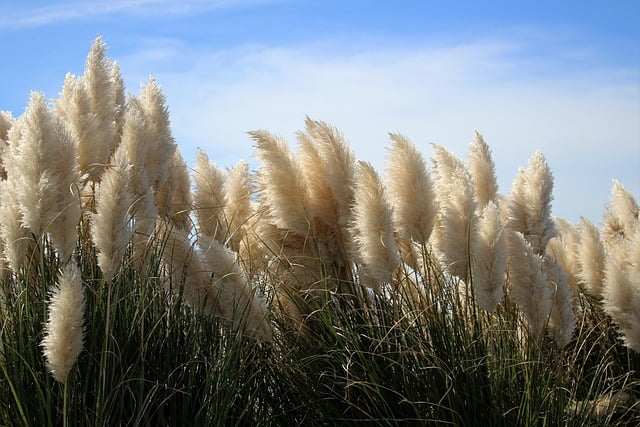
Stretching across Argentina, Uruguay, and Brazil, the Pampas is one of the most extensive grasslands in the world. Its fertile soils have made it a prime agricultural region, while its grassy plains are home to diverse wildlife.
Read More: Top Unbelievable Natural Things in Scotland
Savannah, Africa

The African Savannah covers vast areas of the continent, featuring iconic landscapes with acacia trees, herds of elephants, lions, and wildebeests. The Serengeti and Masai Mara are famous examples.
Great Plains, North America
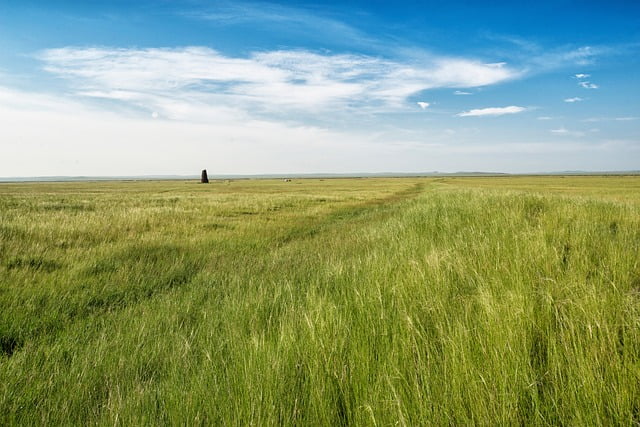
The Great Plains of North America span across the United States and Canada. This region is known for its vast open spaces, where bison once roamed in immense herds. Today, it’s a mix of agriculture and grassland conservation.
Read More: 10 Largest Freshwater Lakes in The World
Eurasian Steppe, Europe and Asia
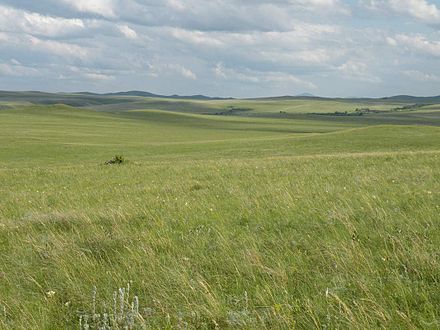
The Eurasian Steppe is an expansive grassland ecosystem that stretches from Hungary to China.
It is defined by its immense size and distinctive plant and animal life, which includes the critically endangered Saiga antelope.
Patagonian Steppe, South America
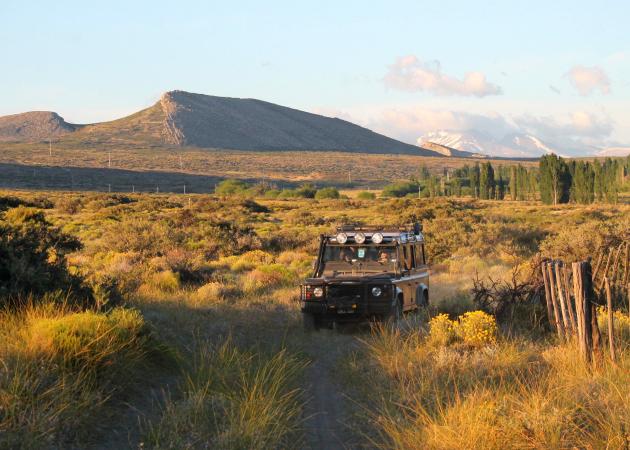
Located in southern Argentina and Chile, the Patagonian Steppe is a windswept landscape of grasses and shrubs. It’s an important habitat for guanacos and other wildlife.
Read More: 10 Natural Wonders Of The World
Canadian Prairies, Canada
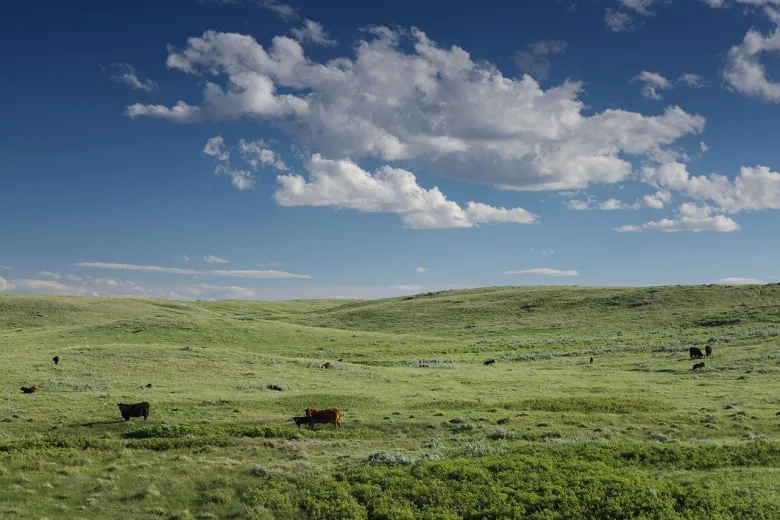
The Canadian Prairies are a vast expanse of grasslands that span across Alberta, Saskatchewan, and Manitoba. They are known for their fertile soils and are a key agricultural region in Canada.
Australian Outback, Australia
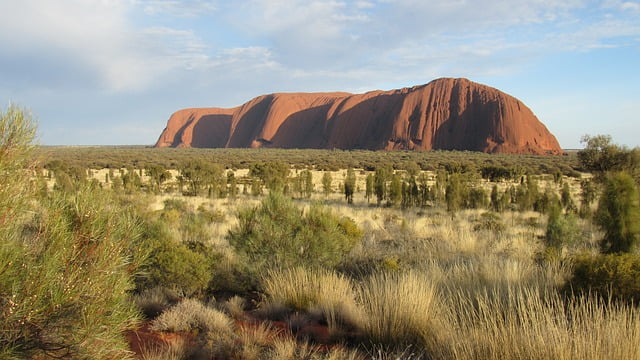
The Australian Outback features arid and semi-arid grasslands that cover much of the continent’s interior. It’s home to unique wildlife like kangaroos, wallabies, and emus.
Read More: Top Hill Stations of Uttarakhand State
Llanos, South America
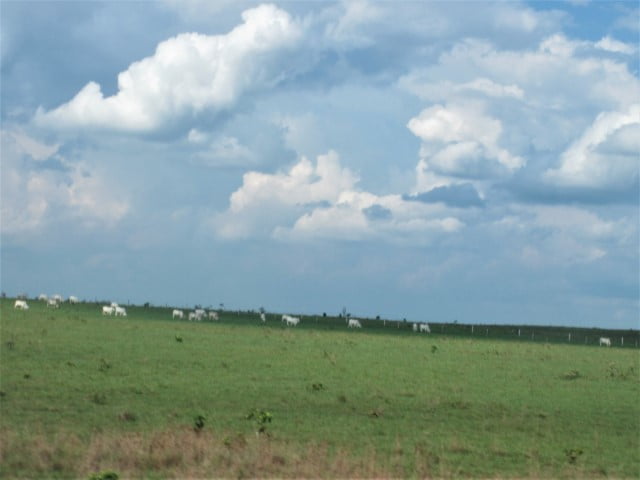
The Llanos of Venezuela and Colombia are vast tropical grasslands that flood during the rainy season. They are home to jaguars, capybaras, and a variety of bird species.
Kazakh Steppe, Kazakhstan
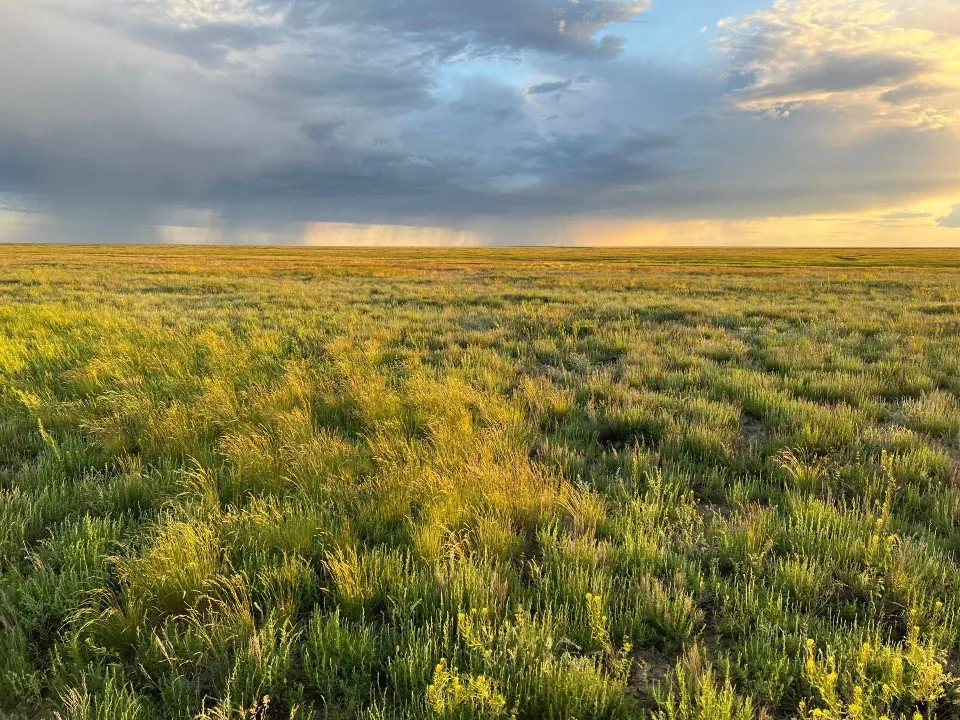
The Kazakh Steppe is one of the largest continuous grasslands in the world, covering vast areas of Kazakhstan. It’s a harsh environment with extreme temperature variations.
Read More: Why We Need to Visit Natural Places
Mongolian Steppe, Mongolia
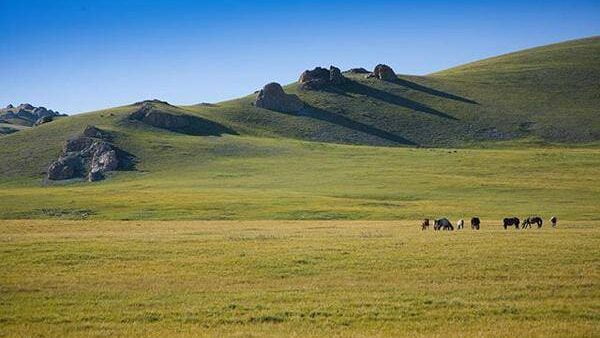
The Mongolian Steppe features undulating hills and boundless grasslands, serving as a crucial habitat for Mongolia’s nomadic herding culture. It’s also home to the Przewalski’s horse, an endangered species.
